Hertford College’s Michaelmas Term 2024 archives and rare books display
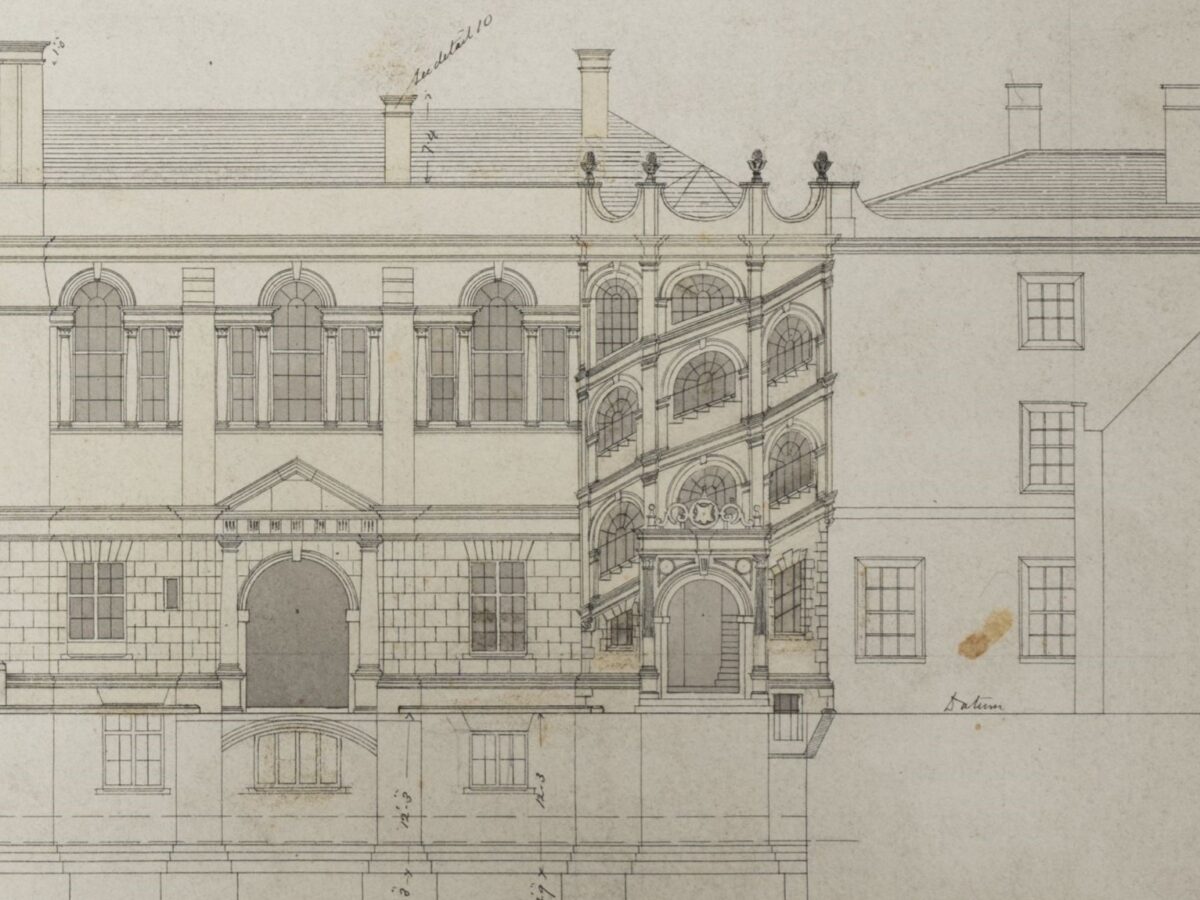

Hertford College’s Michaelmas Term 2024 archives and rare books display
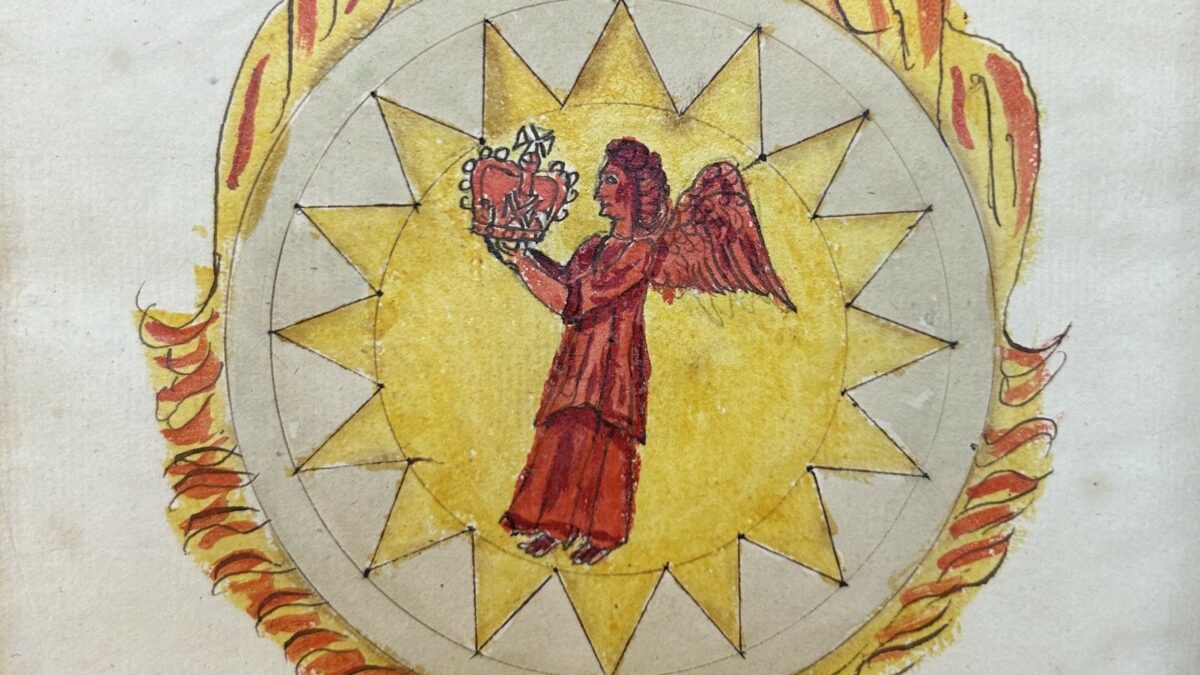
While the rare books are stored off site during Hertford’s major library re-development, rare books expert Sophie Floate takes a further look into our manuscript collection, most of which are currently housed at the Bodleian Library. Several of the items there are on broadly astrological or alchemical themes, some of which are quite strange. Ranging […]
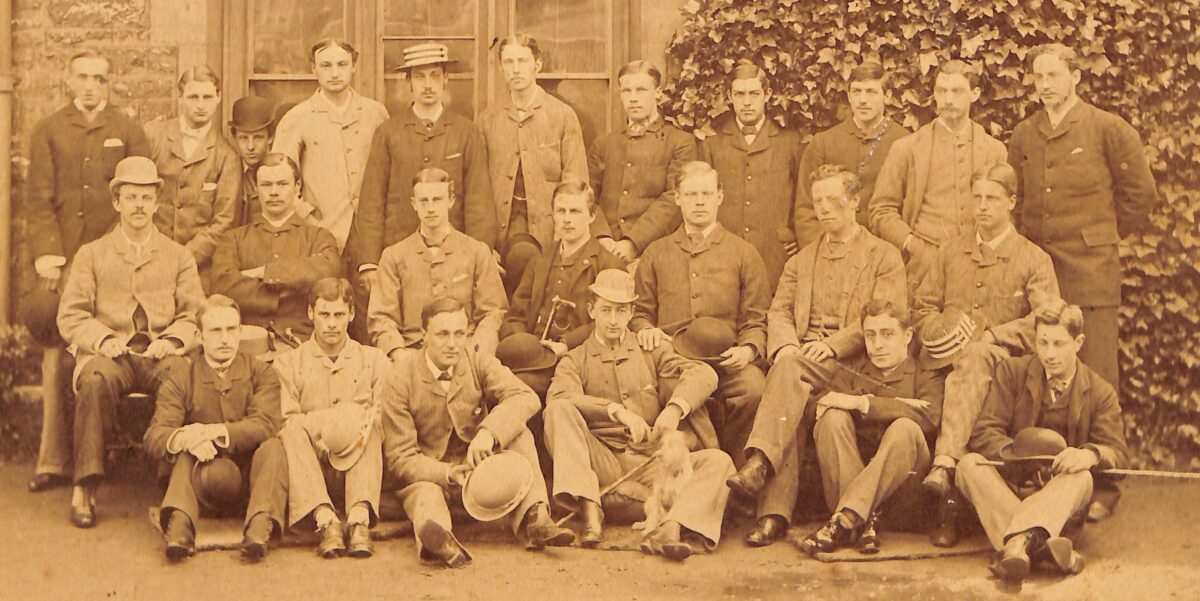
The first accession of 2024 is a Secretary’s Book for Magdalen Hall Boat Club, starting in 1868 and ending in1880. It is a handsome volume in good condition, covered with parchment and fastened with a metal clasp. It is unique in covering the period of transition as Magdalen Hall was incorporated as Hertford College in […]
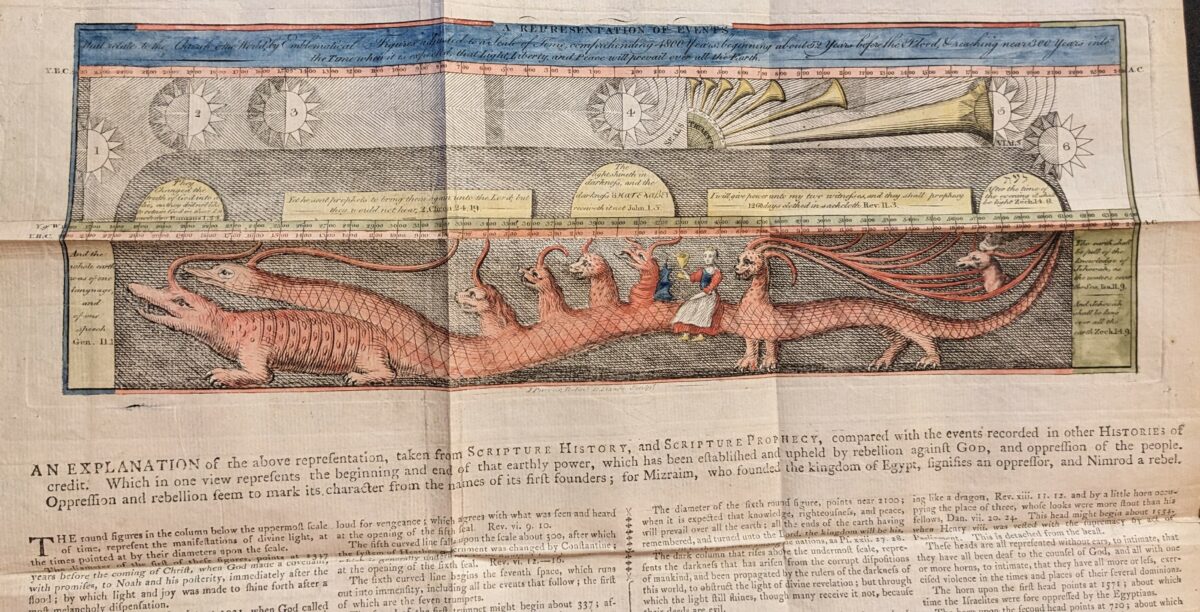
Hertford College Library’s Michaelmas Term 2023 rare books display
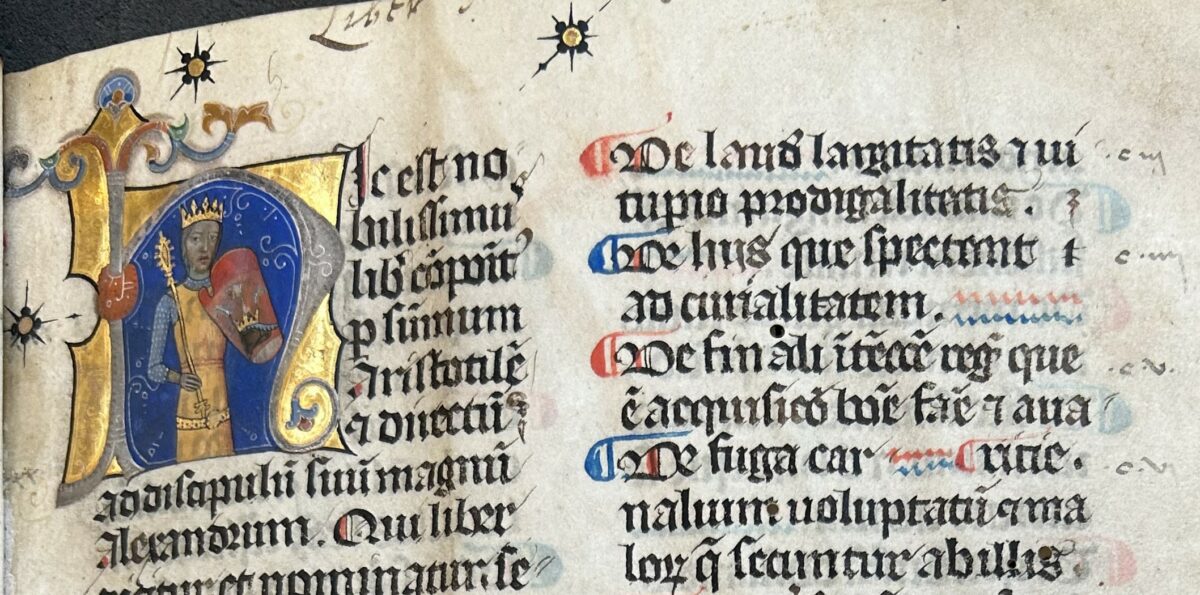
Hertford’s rare books cataloguer, Sophie Floate, writes about one of the library’s oldest items: Hertford MS 2. This beautifully illuminated 14th century manuscript was commissioned by King Louis the Great of Hungary. Hertford College Library has a small number of medieval manuscripts, currently housed at the Bodleian. Hertford College MS 2 is a copy of […]
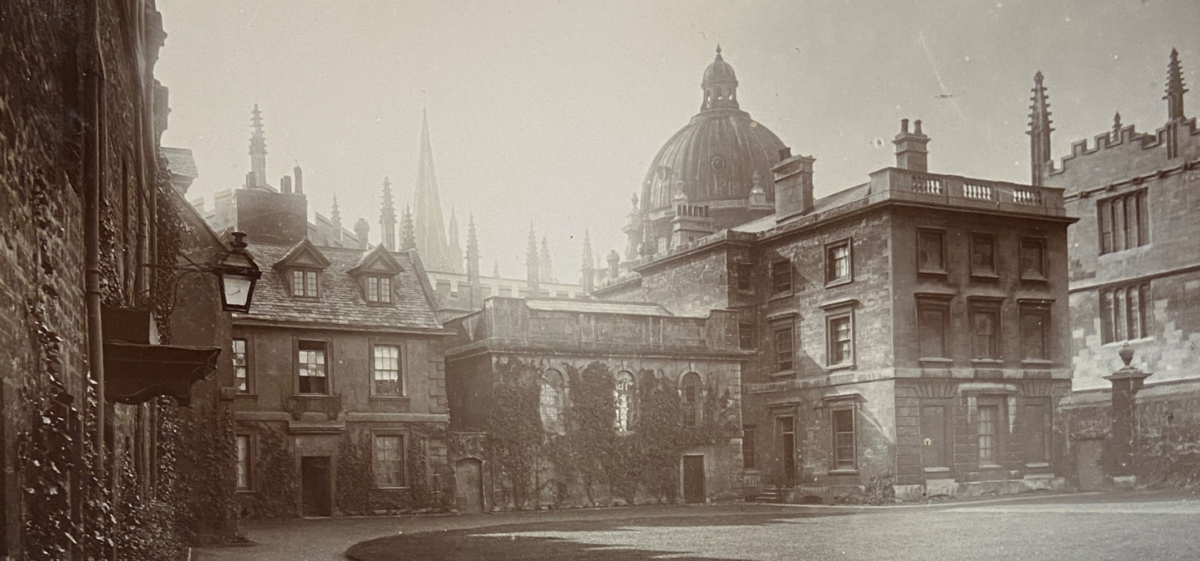
The 19th and 20th centuries were a time of great change as Magdalen Hall and the remnants of Hart Hall transformed into the modern day version of Hertford College on the current Catte Street site.